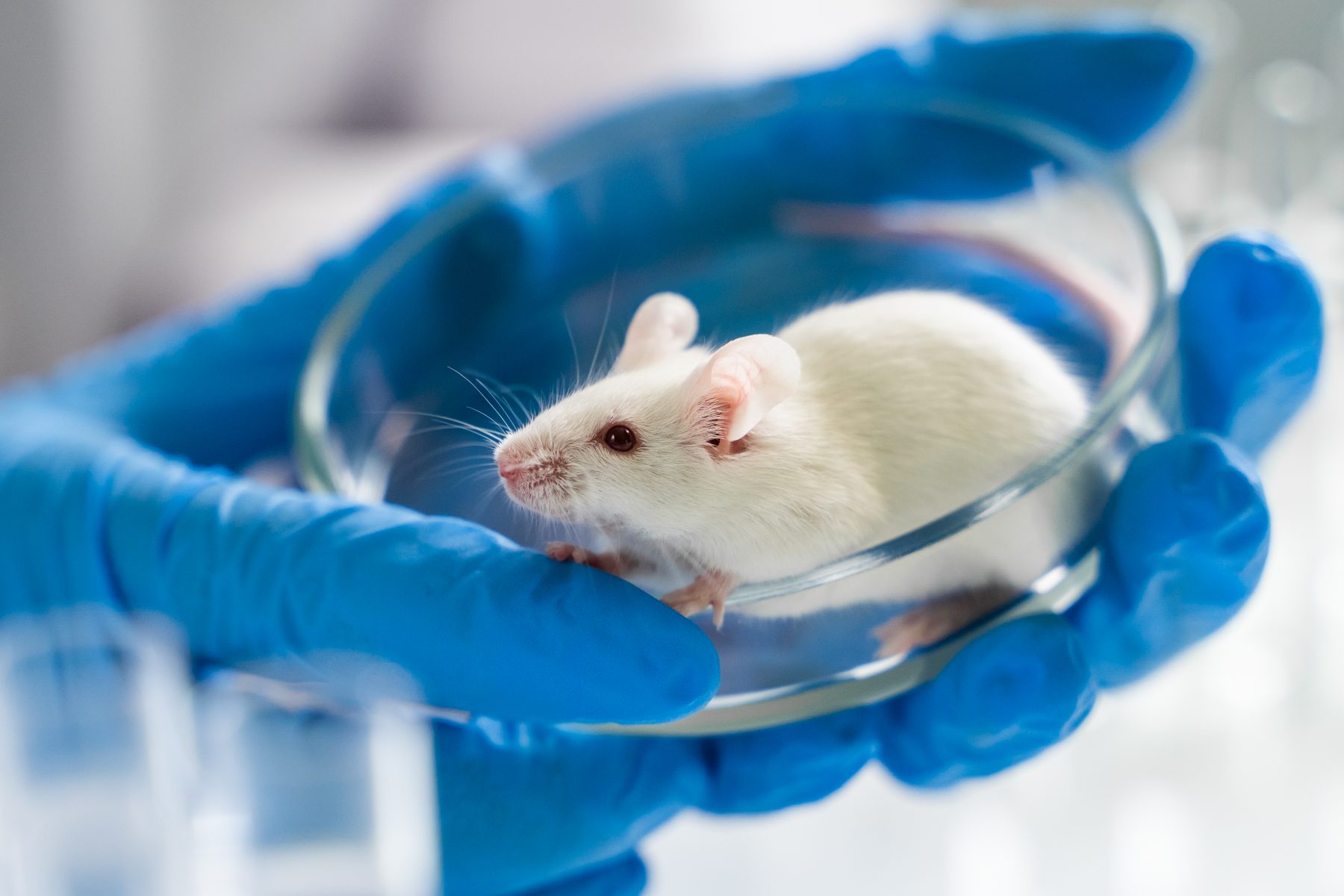Inhaled PRS-220 May Be Better Than Into-the-vein Pamrevlumab for IPF

Egoreichenkov Evgenii/Shutterstock
In preclinical studies, PRS-220, Pieris Pharmaceuticals’ experimental inhaled therapy for idiopathic pulmonary fibrosis (IPF), showed stronger lung tissue penetration and anti-scarring effects than pamrevlumab — an into-the-vein, mechanistically similar IPF therapy currently being tested in a Phase 3 clinical trial.
These promising findings, which support Pieris’ plans to launch a Phase 1 trial of PRS-220 next year, were presented in a poster titled, “Development of PRS-220, a potential best-in-class, inhaled CTGF/CCN2 inhibitor for the treatment of IPF,” at the European Respiratory Society International Congress 2021, held virtually Sept. 5–8.
“PRS-220 exemplifies our respiratory strategy of advancing programs addressing clinically-validated targets where a local approach may provide significant benefit to patients,” Shane Olwill, PhD, Pieris’ chief development officer, said in a press release.
Connective tissue growth factor (CTGF) is a protein found at higher-than-normal levels in the lung tissue of people with IPF. It contributes to the progressive and excessive tissue scarring (fibrosis) characteristic of the disease. As such, therapeutic approaches suppressing CTGF are thought to have the potential to prevent the activation of downstream pro-inflammatory and pro-fibrotic factors, thereby slowing or halting IPF progression.
In agreement, pamrevlumab — FibroGen’s experimental anti-CTGF antibody that is delivered directly into the bloodstream — was shown to safely and effectively slow lung function decline in IPF patients in a Phase 2 trial (NCT01890265).
The therapy is being evaluated currently in a global Phase 3 trial (NCT03955146) that may still be recruiting adults with IPF. More information about study contacts and locations is available here.
PRS-220 is a highly potent and specific CTGF-targeting, inhaled therapy designed with Pieris’ proprietary Anticalin technology platform.
This technology allows the creation of stable, inhalable molecules called Anticalin proteins. By being smaller than conventional protein or antibody therapeutics, Anticalins have the potential to achieve greater target tissue penetration and delivery through non-injectable routes, such as inhalation.
According to Pieris, this poster presentation provided preclinical data supporting PRS-220 as the best-in-class CTGF-targeting therapy for IPF, based on head-to-head comparative studies with pamrevlumab.
PRS-220 showed a more potent and durable binding to CTGF than the clinically validated pamrevlumab, and was able to separate pamrevlumab from CTGF when in direct competition.
It also was found to have a more favorable pharmacokinetic profile (its movement in, through, and out of the body) than pamrevlumab, as it resulted in higher lung tissue exposure in the first 24 hours following administration, while minimizing blood exposure.
Specifically, only 1% of PRS-220 reached blood circulation, while most of the medication targeted lung tissues. Conversely, only about 20% of pamrevlumab reached lung tissues.
In a mouse model of IPF, PRS-220 showed a favorable lung distribution pattern, efficiently penetrating fibrotic lung tissues. In addition, treatment with a PRS-220-like inhaled molecule that has higher binding potential to mouse CTGF was found to be superior to pamrevlumab at reducing lung fibrosis in these animals.
Also, PRS-220’s biophysical properties allowed it to retain its stability and integrity upon delivery to the lungs via nebulization.
Collectively, these findings “support once daily inhaled dosing” of PRS-220 for the treatment of IPF, the researchers wrote in the poster.
Given CTGF’s role in fibrotic conditions, Pieris also is developing PRS-220 as a potential therapy for “long COVID,” or post-COVID-19 pulmonary fibrosis, with a Phase 1 trial also planned for 2022. The condition, reported in more than a third of hospitalized patients who recovered from COVID-19 infection, is characterized by persistent symptoms reflected by reduced lung function and fibrotic-like abnormalities in the lungs.
“We look forward to beginning phase 1 studies for this novel inhaled approach to CTGF-mediated disease next year,” Olwill said.







